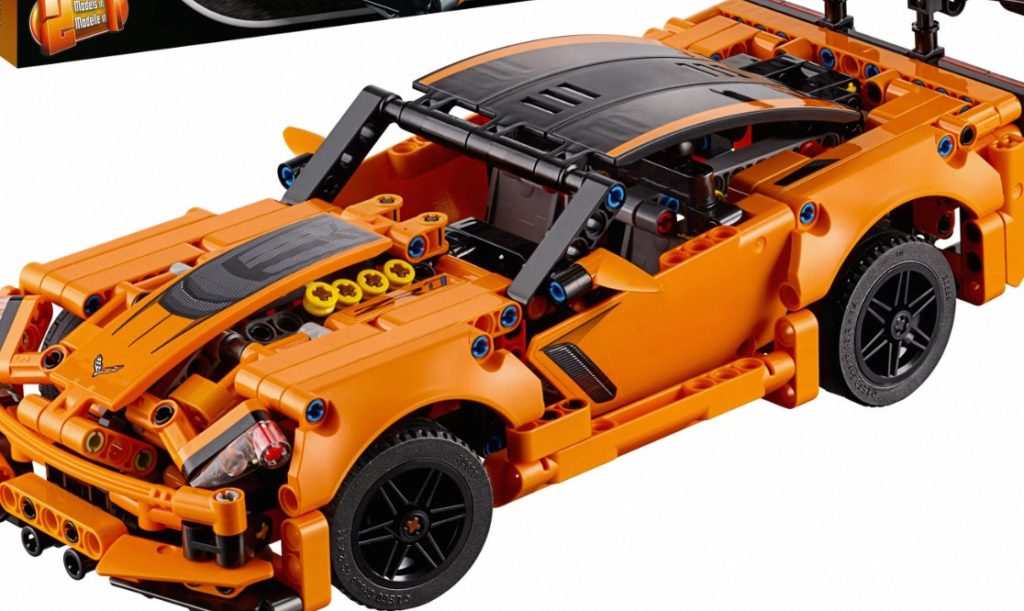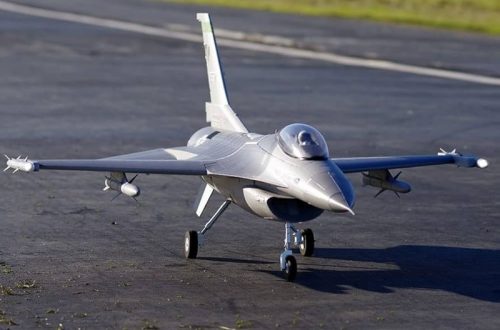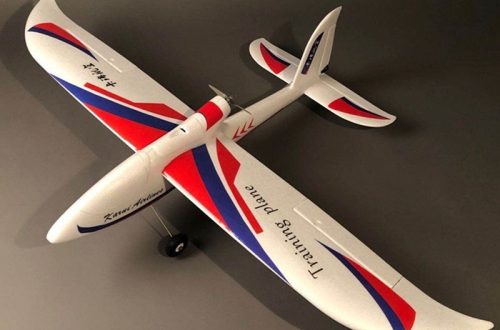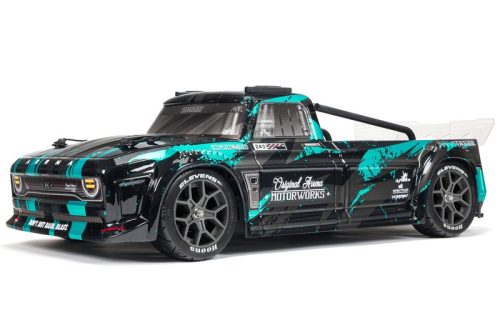The world of remote-controlled (RC) cars is a thrilling one, filled with speed demons and intricate engineering. But what if we pushed the boundaries of what’s possible? Enter the realm of record-breaking RC cars, where machines miniaturized to a fraction of the size achieve speeds that rival full-scale racecars. Buckle up, because we’re about to explore the engineering marvel that is the world’s fastest RC car, potentially reaching a mind-blowing 300 mph.

Part 1: The Quest for Speed
Beyond Backyard Fun:
RC cars have evolved far beyond being mere childhood toys. Fueled by passion and engineering expertise, enthusiasts have dedicated years to creating high-performance machines capable of reaching mind-boggling speeds. Engineers meticulously design these cutting-edge RC cars for record-breaking runs on purpose-built and carefully prepared tracks, no longer for leisurely cruises around the backyard. The intricacies of their design far surpass the simplistic enjoyment of traditional RC cars. Advanced technologies and materials push the boundaries of what was once thought possible. Enthusiasts and engineers alike have embraced the challenge of elevating RC cars to new heights. This has garnered respect and admiration within the racing and engineering communities. This evolution has transformed RC cars into feats of engineering prowess and skill. It demonstrates the considerable commitment and dedication of those involved in pushing the limits of speed and performance.
Breaking the Mold:
Traditional RC cars utilize electric motors or nitro engines. However, the contenders for the 300 mph title are venturing into uncharted territory. Some concepts explore jet turbine propulsion, while others utilize custom-built, multi-engine electric setups. These innovations push the boundaries of miniaturization and power delivery, creating a new breed of RC cars.

Part 2: Engineering a Speed Demon
Aerodynamics Take Flight:
At speeds of 300 mph, even a small RC car experiences immense aerodynamic forces. To achieve such incredible speeds, engineers meticulously design record-breaking RC cars with sleek, aerodynamic profiles that incorporate elements such as wings and downforce features. They carefully integrate these design elements to minimize drag and enhance stability, allowing the RC car to maintain control and performance at such extraordinary speeds. The engineering behind these miniature speed machines resembles that of a Formula One car, optimizing every aspect of the design for maximum speed and efficiency. The result is a captivating spectacle of precision engineering and cutting-edge technology, where even the smallest adjustments can make a significant difference in the vehicle’s performance. Watching these miniature marvels hurtling down the track, it’s a mesmerizing display of speed, power, and advanced aerodynamics in action.
Building for G-Forces:
The forces exerted on an RC car at 300 mph are immense. To withstand these stresses, engineers craft the record-breaking contenders from lightweight yet incredibly strong materials like carbon fiber and titanium. They need to meticulously design and build the entire construction, from the chassis to the wheels, to handle the extreme forces involved.
Part 3: Taming the Beast

Precision Control:
Operating an RC car at speeds reaching 300 mph demands a level of skill and precision that far exceeds basic joystick control. Many record-breaking attempts rely on advanced radio control systems known for their incredibly low latency and heightened responsiveness. Empowered by cutting-edge technologies, the driver becomes an extension of the car. They react within milliseconds to maintain control as the car hurtles along high-speed straights and navigates hair-raising corners. Each subtle input from the driver is transmitted instantaneously to the RC car, allowing for split-second adjustments and course corrections. The pilot’s ability to anticipate and adapt to the car’s behavior at such extreme speeds demonstrates a remarkable fusion of skill and technology. Ultimately, it’s a breathtaking display of human-machine synergy. The driver’s instincts and reflexes are put to the ultimate test against the immense forces of high-speed RC car racing.
Safety First (Even for Miniaturized Machines):
While the world’s fastest RC cars may be small in size, safety remains paramount. Record-breaking attempts typically take place on enclosed tracks with strict safety protocols in place to minimize any potential risks. Furthermore, the RC cars themselves may incorporate advanced safety features to ensure the well-being of both the operators and spectators. For instance, automatic shutoff systems are often integrated into these high-speed vehicles. They immediately cut power in the event of signal loss or other emergency situations, preventing potential damage or injury. These safety measures play a crucial role. They allow enthusiasts and experts to push the boundaries of speed and performance while maintaining a safe and secure environment. Ultimately, the combination of cutting-edge technology and a strong commitment to safety allows the thrill of high-speed RC racing to be enjoyed with peace of mind.

Part 4: The Future of RC Speed
Beyond the 300 mph Barrier:
The pursuit of speed in the RC world is relentless. Continuous advancements in materials science, power delivery systems, and control technologies are driving this pursuit. Attaining the 300 mph mark may only represent a stepping stone in the quest for even greater speeds. Further breakthroughs in these fields suggest that future record attempts may continue to push the boundaries of what is currently deemed achievable, potentially leading to even higher speeds. As materials science and engineering design continue to progress, researchers are developing lighter and stronger materials. This enhances the potential for increased performance and speed. Ongoing innovations in power delivery systems and control technologies are continually breaking new ground. This allows for greater optimization and efficiency in RC car designs. Given these advancements, the future of RC car speed holds the promise of further exhilarating record attempts. These attempts could potentially surpass current expectations.
Beyond the Track:

The innovations developed for these record-breaking RC cars have the potential to trickle down to the broader RC hobbyist community. Advancements in miniaturization, power management, and control systems could lead to the development of even faster and more capable RC cars for everyday enthusiasts.
The world of high-speed RC cars is a testament to human ingenuity and the pursuit of pushing boundaries. As these record-breaking machines continue to evolve, they blur the line between toy and technological marvel, offering a glimpse into the future of miniaturized speed and engineering.


